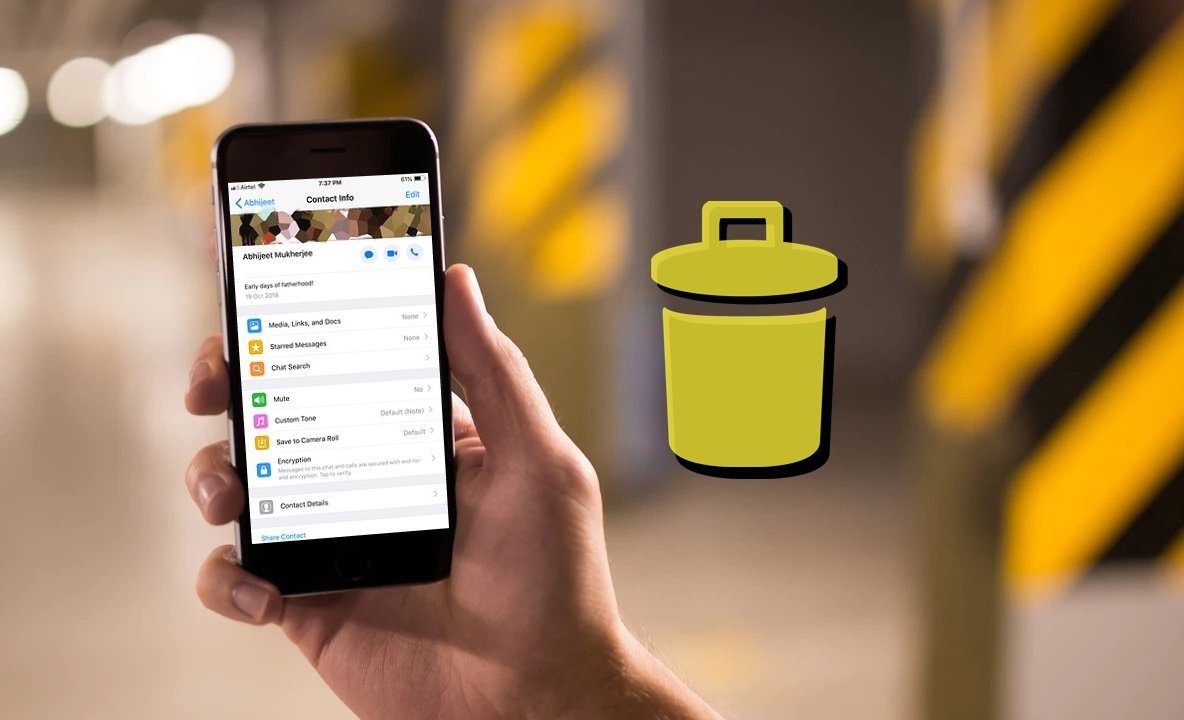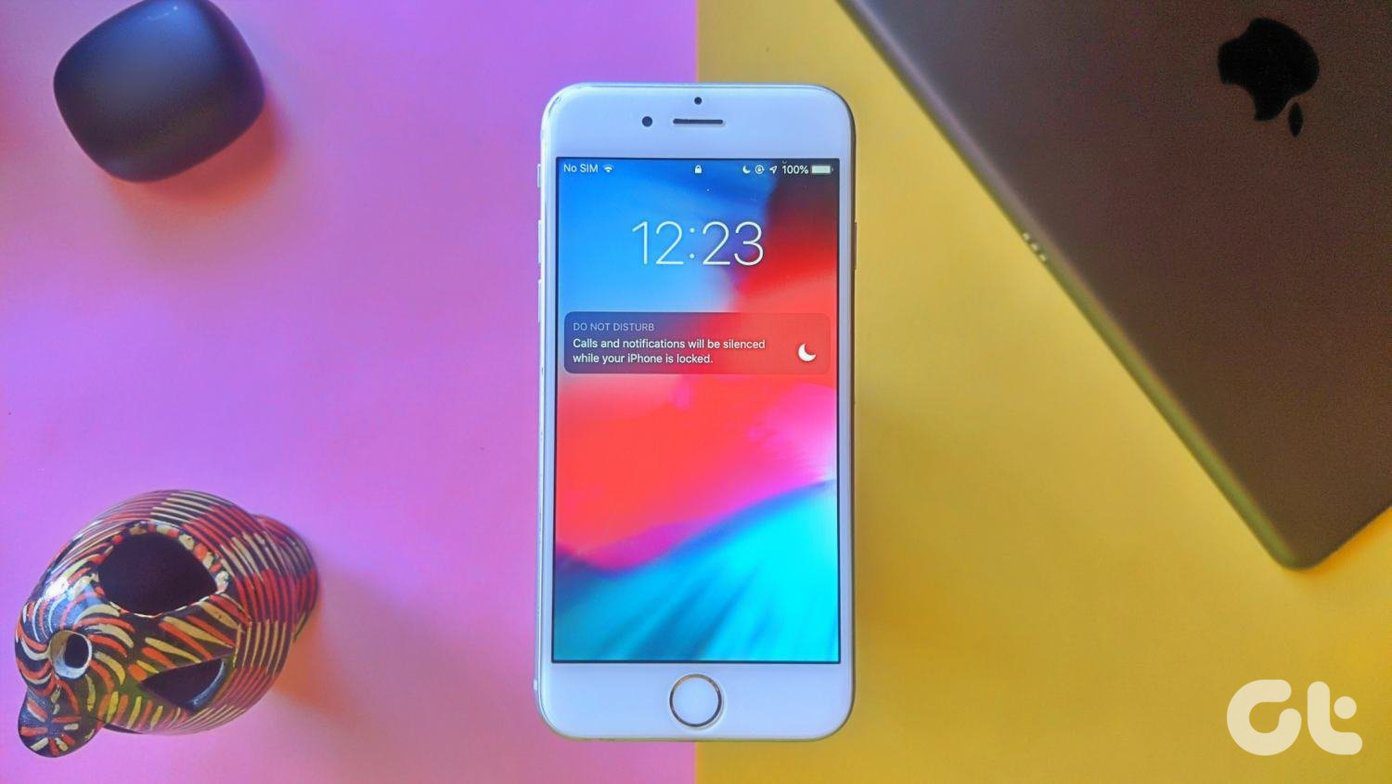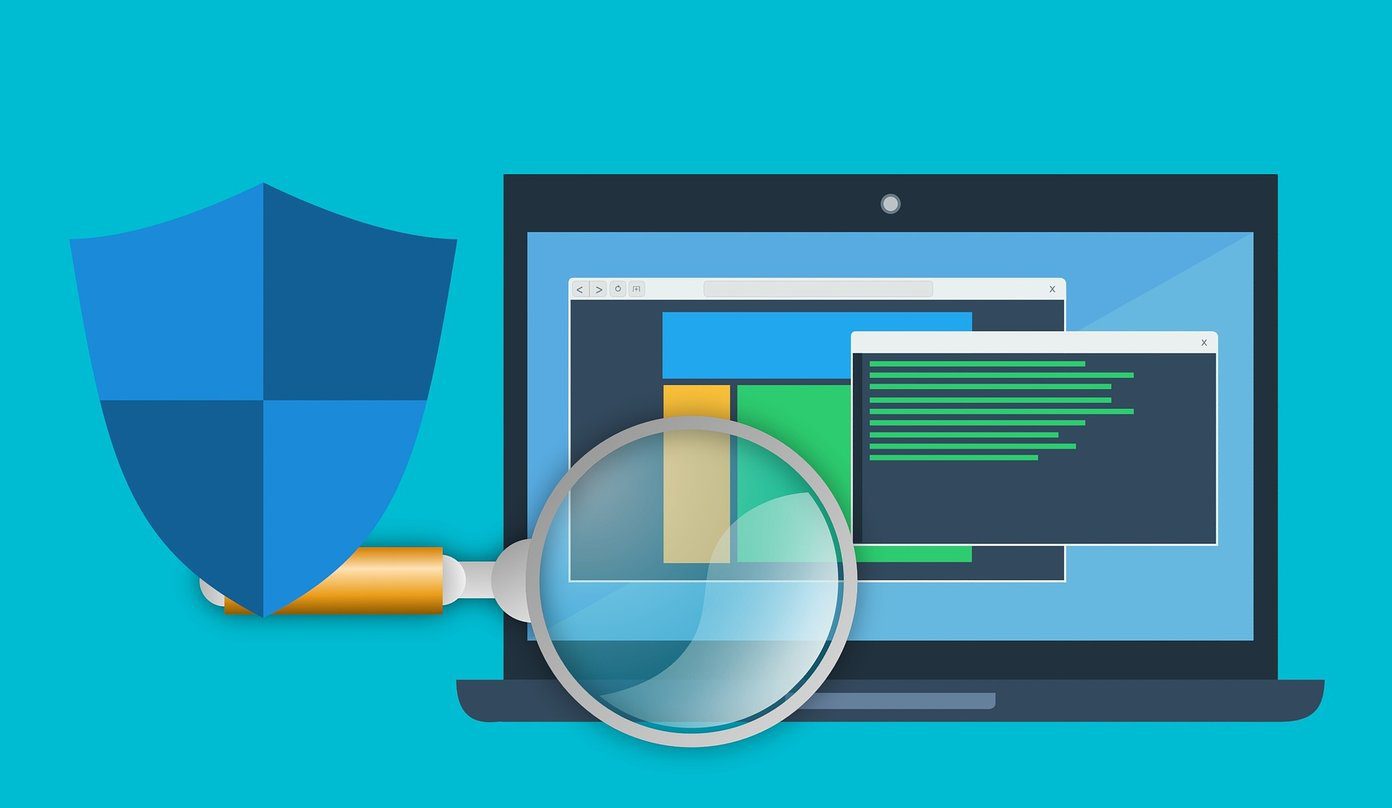With Windows 10 S, Microsoft is hoping to take on Chrome OS, which has been a darling of school and college goers with its cheap hardware and equally light OS. So what makes Windows 10 S different? Quite a few things, which we are going to talk about in this article. Here are 5 significant differences between Windows 10 S and Chrome OS. Note: Chromium OS and Google Chrome OS are two different things. Chromium OS is open source while the latter is not. In the article whenever Chrome OS is mentioned it means the Google Chrome OS. Chromium OS is mentioned independently.
1. Windows 10 S is not light
With Chrome being the competitor, many might think that Windows 10 S is as lightweight as the Chrome OS. But that’s not the case. Apart from a few under the hood changes in areas of battery life & performance, the S is essentially comparable to Windows 10 Pro edition, albeit with few features cut down. Disk space wise, the installer for 64-bit version of Chromium OS is 116 MB in size and it takes around 7 GB after installation. As for Windows 10 S, we haven’t been able to test it yet as we don’t have the new Surface book and the Windows 10 S can not be downloaded from anywhere. But I am sure it would be definitely greater than what Chromium OS demands.
2. Windows 10 S is not Cloud Based
The whole point of Chrome OS was to get you faster online. So they shifted the OS part to the cloud, making you online as soon as you boot up the PC. This also made the OS much lighter as majority of the files were pulled from the cloud instead of being stored on your PC. In contrast Windows 10 S is not cloud-based and will take up disk space just like regular Windows.
3. Windows 10 S can be Upgraded
If you don’t like being forced to use Edge, Bing and only Windows Store apps, you can upgrade to full fledged Windows 10 Pro and remove all these restrictions for a fee of $49. While this is a little frustrating as you just spend $999 on the laptop, at least you get an option. In the Chrome OS world, any kind of upgrading means switching to a different OS altogether.
4. Choice of Hardware
Chrome OS being an older and relatively popular operating system has many hardware options from laptops starting from as low as $299, mini PCs and your own PC. As Chromium OS is open source you can download and install it on your own PC or laptop. On the other hand, Windows 10 S comes bundled only with the Surface laptop and other models from OEMs. Moreover, currently there is no other option than the — pricey — Surface laptop which offers Windows 10 S. Also, as a plus point, Windows 10 S offers the same hardware compatibility as main Windows, so no driver hunting is needed and most of the peripherals will work out of the box.
5. App Eco-System
Choosing between the two is much like choosing between iOS & Android. With Chrome OS you will have to live within the Google Eco system of Google Drive, Google Docs, Google Maps etc. For other apps there is the Chrome OS app store or one can even run Android apps. Windows 10 S is similarly bound to the Windows Store UWP apps. While not quite in numbers as Android apps, the upgrade fee allows you to install innumerable Win32 apps. The Chrome OS is mostly limited to lightweight browser based games while Windows Store app has titles like Gears of War and Forza.
So What’s Your Choice?
With the Back to School season coming in a few months, Microsoft has rightly timed the release. But will users switch? With many schools and colleges already heavily invested in the Chrome eco-system, it remains to be seen whether the features and appeal of Windows 10 S is enough to make them switch. Do share your views on the new Windows 10 S in the comments. The above article may contain affiliate links which help support Guiding Tech. However, it does not affect our editorial integrity. The content remains unbiased and authentic.
















